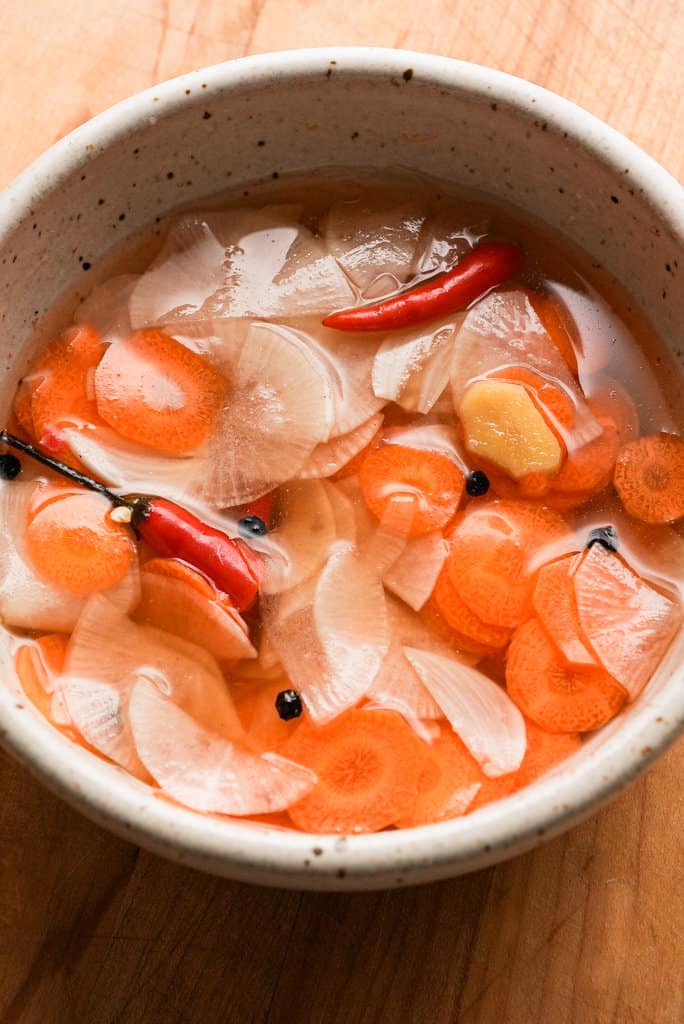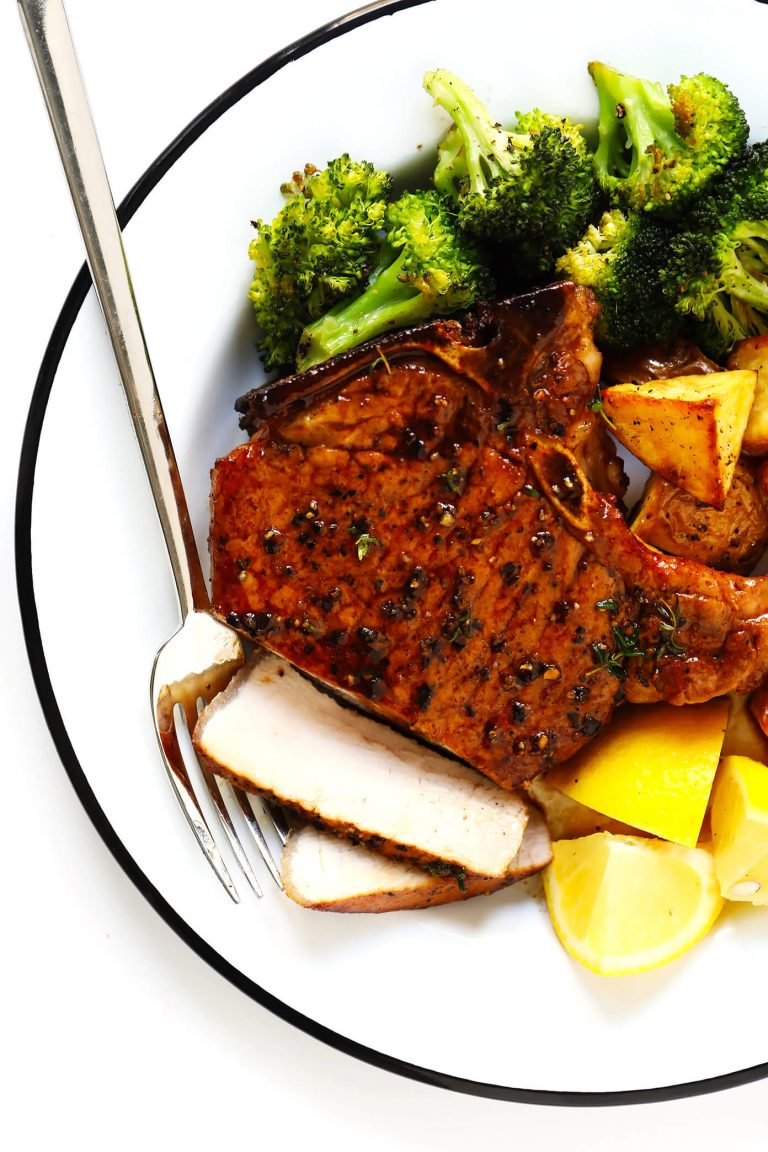Pan Fried Dover Sole: Easy Recipe with Flavors and Dietary Variations
Dover sole is a flatfish found primarily in the northeastern Atlantic Ocean, particularly along the coasts of Great Britain, Ireland, and northern Europe. This species is highly prized for its subtle yet distinct flavor and firm, delicate flesh. Dover sole has been a cornerstone in European cuisine for centuries, frequently featured in French and British dishes.
The fish’s name originates from Dover, a coastal town in England, underscoring its importance to the local fishing industry. Chefs around the world appreciate Dover sole for its versatility and consistent texture, making it a popular choice in upscale restaurants and home kitchens alike.
Nutritional Value and Health Benefits
Dover sole is rich in essential nutrients, making it a healthy addition to your diet. A 3.5-ounce (100-gram) serving provides approximately 91 calories, 18 grams of protein, and 1.4 grams of fat. The fish is also a source of vitamins and minerals, including vitamin B12, niacin, phosphorus, and selenium.
Consuming Dover sole supports overall health due to its high protein content, essential for muscle maintenance and repair. The low-fat levels make it suitable for heart-healthy diets. The vitamins and minerals present aid in various bodily functions, such as energy production (niacin) and immune support (selenium).
Preparing to Cook Pan Fried Dover Sole
Selecting the Best Dover Sole
Choose fresh Dover sole for the best flavor. Ensure the eyes are clear and the flesh is firm when you buy it. Avoid any fish with a strong odor. Look for a shiny, slippery skin and a sweet, ocean-like scent. Visit reputable fish markets or suppliers who offer high-quality seafood. Availability varies by season, usually peaking from late spring to early autumn in the northeastern Atlantic.
Necessary Ingredients and Tools
Gather all ingredients and tools before you start. You’ll need:
- 2 whole Dover soles, cleaned and trimmed
- Salt and pepper for seasoning
- 2 tablespoons of olive oil for frying
- 2 tablespoons of butter for additional flavor
- 2 tablespoons of fresh lemon juice to enhance taste
- 1 tablespoon of chopped parsley for garnish
Prepare these tools:
- Sharp knife for trimming fish
- Large non-stick frying pan for even cooking
- Spatula for turning fish
- Paper towels for drying fish before seasoning
Assembling ingredients and tools ensures a smooth cooking process. This approach helps maintain the delicate texture and mild flavor of Dover sole. Following these steps closely results in a well-prepared, delicious pan-fried Dover sole.
Step-by-Step Cooking Guide
Cleaning and Preparation
Begin by rinsing the Dover sole under cold water. Pat it dry with paper towels. Place the fish on a clean cutting board. Use a sharp knife to make a small incision behind the gills and head, then run the knife down the belly to remove the innards. Rinse again thoroughly. If needed, trim any excess fins or tails. For optimal flavor and texture, keep the skin on during cooking.
Pan-Frying Techniques
Heat a cast-iron skillet over medium-high heat. Add 2 tablespoons of olive oil and 1 tablespoon of butter. Once the butter melts and begins to foam, place the Dover sole in the pan skin-side down. Press gently with a spatula to ensure even contact with the pan. Cook for 3-4 minutes until the skin is crispy and golden brown. Carefully flip the fish and cook for another 2-3 minutes on the other side. The flesh should be opaque and flake easily with a fork. Transfer to a plate and serve immediately with a squeeze of lemon juice and a sprinkle of fresh herbs.
Serving Suggestions for Pan Fried Dover Sole
Accompaniments and Wine Pairing
Pair pan-fried Dover sole with side dishes that complement its delicate flavor and texture. Serve it with steamed vegetables, such as asparagus, carrots, or broccoli, to add color and nutrition. Roasted potatoes or a light, lemony rice pilaf can balance the meal by providing a slight contrast in texture.
Choose white wines with crisp acidity to pair with Dover sole. Sauvignon Blanc and Chardonnay are excellent choices. If you prefer beer, opt for a light, citrusy lager or a Belgian-style ale to enhance the fish’s mild flavor.
Presentation Tips
Arrange Dover sole carefully on a warm plate to maintain its temperature and texture. Place the fish centrally, then add the chosen accompaniments around it, ensuring a balance of colors and shapes.
Garnish with fresh herbs like parsley or dill for a touch of freshness. Slices of lemon or a drizzle of lemon juice add a bright, zesty finish. For a professional look, serve the dish on a white plate or a platter that contrasts with the vibrant colors of the sides, enhancing the visual appeal of your meal.
Potential Variations
Adjusting the Recipe for Dietary Needs
Pan-fried Dover sole can easily adapt to various dietary needs. If you’re following a gluten-free diet, swap regular flour with gluten-free flour for dredging the fish. For a low-sodium meal, use unsalted butter and minimize added salt, relying on herbs and spices for flavor. Keto dieters can replace flour with crushed pork rinds or almond flour. When catering to dairy-free preferences, substitute butter with olive oil or other plant-based oils. For a paleo-friendly version, avoid any processed seasonings and use natural herbs like thyme and rosemary.
Experimenting with Different Flavors
You can experiment with different flavors to make the dish unique. Add a Mediterranean twist with capers, olives, and cherry tomatoes. Use lemon zest and parsley for a fresh, citrusy flavor. For a hint of spice, incorporate minced garlic, red pepper flakes, or paprika. You can also infuse the dish with Asian flavors by using soy sauce, ginger, and sesame oil. Adding a beurre blanc sauce, flavored with white wine, shallots, and butter, provides a rich, classic French touch.
Conclusion
Pan-fried Dover sole is a delightful dish that offers both simplicity and sophistication. Its mild flavor and tender texture make it a versatile choice for various culinary adventures. Whether you’re sticking to traditional recipes or experimenting with new flavors, this fish adapts beautifully. By following the essential preparation and cooking techniques, you can achieve a restaurant-quality meal right in your kitchen. So, don’t hesitate to explore the different variations and dietary adaptations to make this dish your own. Enjoy the process and the delicious results!





